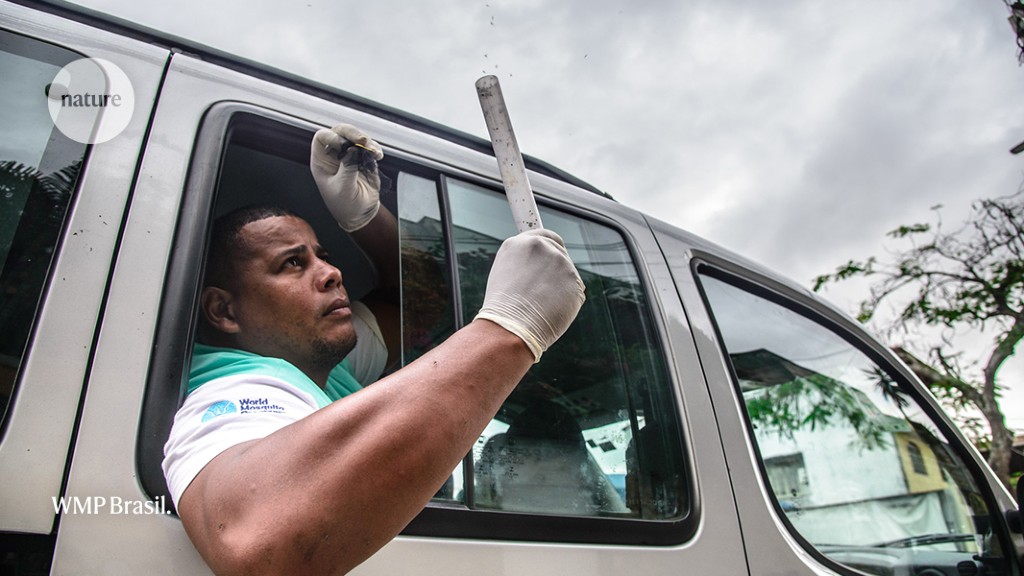- Arvind's Newsletter
- Posts
- Arvind's Newsletter
Arvind's Newsletter
Issue No #723
India races to get rich before it gets old as population passes China.
Bloomberg Economics says India needs to advance on four broad fronts — urbanisation, infrastructure, up-skilling and broadening its labor force, and boosting manufacturing — to fully cash in on its demographic dividend and reshape the global economy in the process.
Long Read.“The country is young, English speaking and the rising labor force is already supporting the government’s ‘Make in India’ initiative,” said Abhishek Gupta, senior India economist with Bloomberg Economics. “Geopolitical tailwinds are also helping.”
Urbanisation
How quickly India boosts its proportion of city dwellers and whether it can create enough quality jobs to accommodate the shift carries crucial significance for its growth needs.
Over the period till 2040,India will likely add 270 million people to its urban population, according to the International Energy Authority.
The shift is already on display in India’s megacities. Shiny new apartment buildings dot the capital Delhi as the newly wealthy ramp up realty investments. A top developer recently sold $1 billion of luxury homes in three days in Gurugram, one of Delhi’s satellite cities.
But public services are still poor — India’s Supreme Court has even warned that air traffic controllers might be forced to steer planes around the massive garbage dumps on Delhi’s outskirts if they get any bigger.
Yukon Huang, senior fellow at Carnegie Endowment for International Peace, said India will need to follow the path of China and South Korea in making its cities modern and efficient. Over the past four decades, a four-fold increase in urbanisation neatly “correlated with the inc ..
Infrastructure
For urbanisation to pay economic dividends, infrastructure investment will be needed on a massive scale. There has been progress — since Prime Minister Narendra Modi’s election win in 2014, the number of domestic air passengers has roughly doubled and the national highway network expanded more than 50%.
On the technology front, India’s digital infrastructure is among the most advanced in the world. In just a few years, almost every Indian has received a national identity card — called Aadhaar — linked to everything from rental leases to bank accounts and social welfare benefits.
Among Modi and his Bharatiya Janata Party’s most significant achievements has been forging a single economic zone from India’s messy federal and state taxes. That’s helped with revenue collection, which hit a high last year, providing funds for new airports, roads and the like.
But on other measures, China is still far ahead. Though India has some of the lowest phone tariff rates in the world, internet usage trails China, which has also zoomed past India on everything from air carrier departures to container port traffic.
Education
Education is another stumbling block. Many degrees are essentially worthless and a skills mismatch has jeopardised growth. Half of all graduates in India are unemployable, according to a study by Wheebox, a group that advises businesses. Unemployment is stubbornly high at around 7%.
“India has a serious learning crisis,” said Shumita Deveshwar, India research senior director at TS Lombard.
India boosted educational spending by 13% this year, the highest ever, to 1.1 trillion rupees ($13.4 billion) and is aiming to improve digital education and address educational deficiencies.
But there is still much to be done, especially when it comes to female participation in the workforce. Between 2010 and 2020, the proportion of working women in India dropped from 26% to 19%, according to data compiled by the World Bank.
Though they make up 48% of the population, Indian women contribute only around 17% of GDP, compared to 40% in China. Closing the employment gap between men and women could expand India’s GDP by close to a third by 2050, which equates to nearly $6 trillion in constant US dollar terms, according to a recent analysis from Bloomberg Economics.
Manufacturing
Four decades ago, China and India were both largely agrarian-based economies. But as the Western world outsourced production of everything from toys to TVs and tools, China seized a moment that India missed. Today, manufacturing comprises more than a quarter of China’s economy, compared to just 14% for India.
Increasing rivalry between the US and China is giving Modi’s government a new shot at boosting its manufacturing share to a targeted quarter of GDP. And there are pockets of progress. Apple Inc.’s three key Taiwanese suppliers won incentives from India to boost smartphone production and exports.The California-based company now makes almost 7% of its iPhones in India, Bloomberg News reported recently, up from about 1% in 2021.
But moving up the value chain won’t be easy. Labor laws are still restrictive and compared to nations like Bangladesh or Vietnam, India has been less successful in creating the highly-efficient industrial parks preferred by many global manufacturers.
Hope and Fear
Rapid progress on urbanisation, infrastructure, human development and manufacturing will be needed for decades, not just years, as the population continues to swell. It’s expected to reach 1.67 billion by 2050
— that’s another 250 million people, or roughly the size of Indonesia.
Health care is just one illustrative pressure point. Today, India has about five hospital beds per 10,000 people. The ratio in China is about eight times that, and analysts say India will take decades just to reach the level where China currently stands.
The demographic window won’t be open forever either. India’s population could start declining in 2047 and fall to 1 billion people by 2100, according to UN estimates.
The UN’s base case sees China’s population at 1.3 billion by 2050. Unlike demographers, economists tend to avoid forecasting decades into the future, so it’s tough to find any estimates of India overtaking China’s GDP. But if India can keep growing at around 7% and its currency holds firm, it should zoom past Germany and Japan to a third place ranking by 2030.
For the Modi administration, there is no doubt this is India’s moment.
With 1.428 billion people, India has passed mainland China’s population, which stands at 1.425 billion, according to UN data released Wednesday. The nation will soon overtake China and Hong Kong combined.
Mosquito factories :Brazil is constructing a facility capable of producing five billion mosquitoes annually. The twist? The factory will breed mosquitoes carrying a special bacteria that significantly reduces their ability to transmit viruses.
Readers of this newsletter would have noted that we have tried to track India’s plans to incentivise domestic manufacturing of semiconductors.
The following article shows that the Tata group is serious in this race, but lets hope they are successful in execution.
4.China is on track to massively expand its nuclear arsenal, just as Russia suspends the last major arms control treaty. It augurs a new world in which Beijing, Moscow and Washington will likely be atomic peers’ opines this article in the New York Times.
On the Chinese coast, just 135 miles from Taiwan, Beijing is preparing to start a new reactor the Pentagon sees as delivering fuel for a vast expansion of China’s nuclear arsenal, potentially making it an atomic peer of the United States and Russia. The reactor, known as a fast breeder, excels at making plutonium, a top fuel of atom bombs.
The nuclear material for the reactor is being supplied by Russia, whose Rosatom nuclear giant has in the past few months completed the delivery of 25 tons of highly enriched uranium to get production started. That deal means that Russia and China are now cooperating on a project that will aid their own nuclear modernizations and, by the Pentagon’s estimates, produce arsenals whose combined size could dwarf that of the United States.
This new reality is prompting a broad rethinking of American nuclear strategy that few anticipated a dozen years ago, when President Barack Obama envisioned a world that was inexorably moving toward eliminating all nuclear weapons. Instead, the United States is now facing questions about how to manage a three-way nuclear rivalry, which upends much of the deterrence strategy that has successfully avoided nuclear war.
China’s expansion, at a moment when Russia is deploying new types of arms and threatening to use battlefield nuclear weapons against Ukraine, is just the latest example of what American strategists see as a new, far more complex era compared to what the United States lived through during the Cold War.
5.Indians are getting biryani flown to them (or at least Zomato hopes). Zomato is banking on nostalgia for hometown dishes to drive its food flight service.



